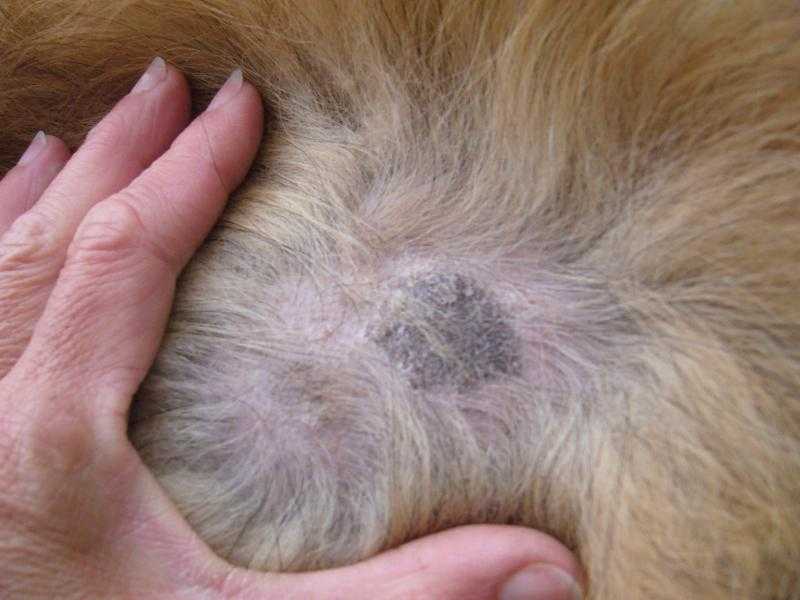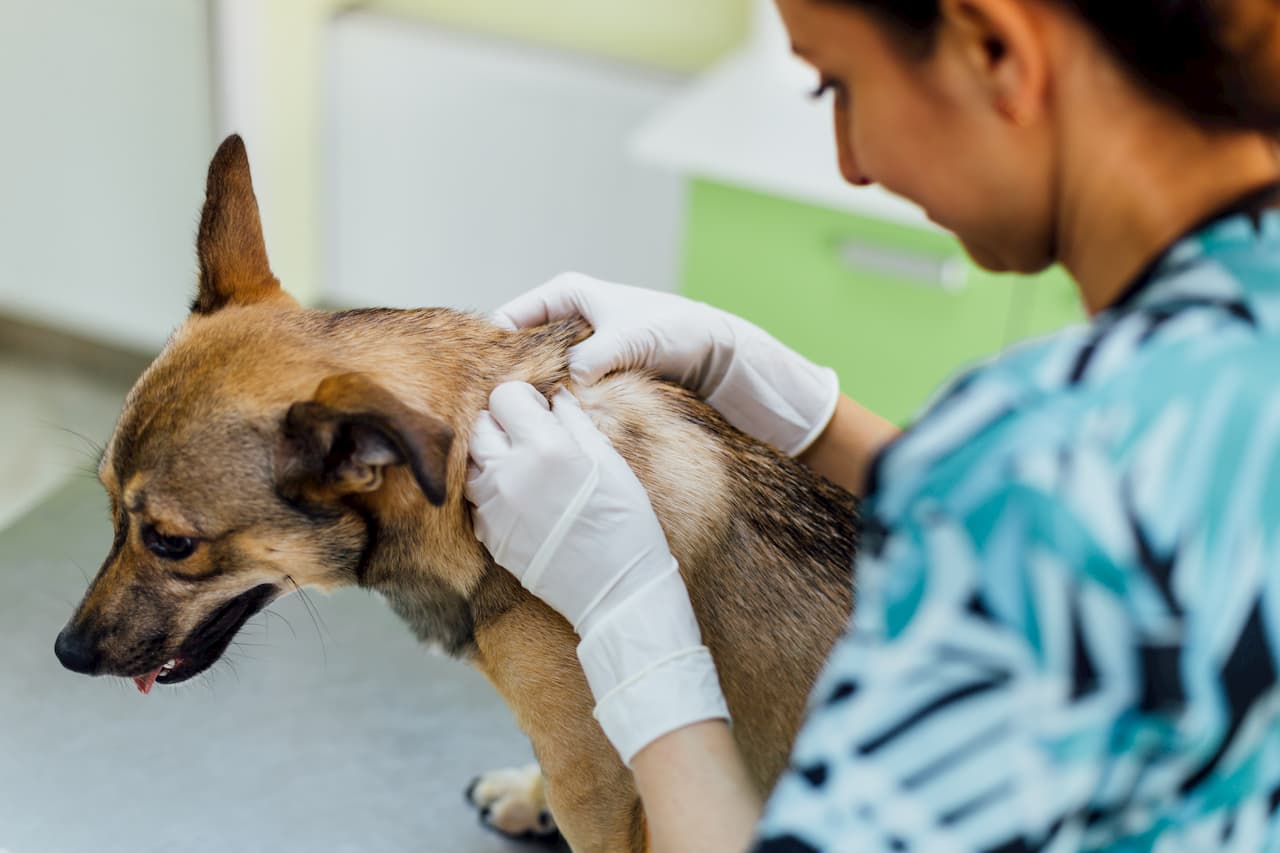Dog ringworm treatment
Ringworm is a parasitic disease well known by the general public. It is responsible for hair loss in animals. It is dreaded because of its great contagiousness and the difficulty of owners to get rid of it. It requires a long treatment of the animals as well as a treatment of the environment.
What is ringworm?
Ringworm is caused by fungi that feed on keratin and develop in hair, scales, claws, eyelashes and the horny layer. They can be found in animals and humans as well as in the environment. Fungi are very resistant in the external environment.
In dogs and cats, several fungi can be responsible for ringworm such as :
- Microsporum canis: this is the main agent of ringworm.
- Trichophyton mentagrophytes: this fungus is found in the outdoor environment. It mainly affects rodents, dogs and cats. In hunting dogs, for example, ringworm lesions can be found on the bridge of the nose (the area between the nose and the eyes). Indeed, they put their nose in the burrows in search of small rodents and can thus contaminate themselves.
- Microsporum gypseum : it develops in the ground and affects mainly dogs who like to dig at the level of the head.
Ringworm is extremely contagious, transmission is by direct contact with an animal with ringworm or from the environment.
Ringworm is a zoonosis, which means that it can be transmitted to humans: red skin lesions appear on the areas in contact with the animal.
Ringworm is much less common in dogs than in cats. It is important to think about ringworm in dogs that live with cats. Be careful, cats can be asymptomatic carriers: don't rule out ringworm if the cat has no symptoms. We invite you to read our fact sheet on ringworm in cats for more information.
Yorkshire terrier dogs are predisposed to this disease: ringworm quickly affects the whole body.
What are the symptoms?
In dogs, ringworm usually causes round hair loss with some scaling. Dogs do not scratch and there is no redness at the site of the hair loss. They may heal spontaneously or the lesions may enlarge.
More rarely, ringworm can lead to red lesions of round shape, in relief, very itchy, oozing, suppurated...
Finally, there are dogs that do not show any symptoms, they are healthy carriers.

How to diagnose ringworm ?
The veterinarian will first ask several questions: presence of other animals in the home? age and origin of the animal (breeding, shelter, private)? presence of lesions in the owner? etc...
A thorough clinical examination will be performed by the veterinarian to see if the animal has hair loss, scales, redness ...
Additional examinations can then be performed:
- Direct observation of the hairs under the microscope by the veterinarian.
- Use of the Wood's lamp: some strains of M. canis produce a substance, pteridine, which becomes fluorescent under the Wood's lamp (UV lamp). Be careful, only some strains of M. canis synthesize this substance and other fungi do not synthesize it: the absence of fluorescence does not eliminate the hypothesis of ringworm. This method does not allow to identify asymptomatic carriers and this examination must be done before any antifungal treatment.
- Hair culture: results are obtained after several days to several weeks only
What treatments are necessary?
It is a parasitic disease that is very difficult to eradicate: very contagious disease, resistance of the fungus in the environment, existence of asymptomatic carriers...
It is sometimes necessary to shear the animal's coat if it has long hair, if the ringworm spreads or recurs, etc...
A local treatment can first be prescribed by the veterinarian, it is an antifungal lotion.
Antifungal tablets can also be prescribed to the animal, it is a systemic treatment. The treatment lasts several weeks, most often 4 weeks or more depending on the evolution of the lesions. The treatment is long: the animal must be free of ringworm lesions and a culture must show that the animal is cured.
The treatment of the environment is very important but also very difficult. Several products are necessary: bleach, fungicide candles (on veterinary prescription), etc...

